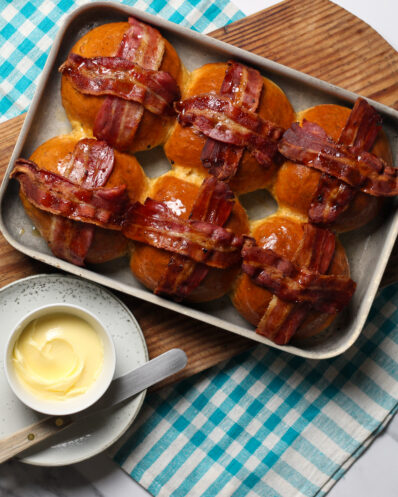What went wrong:
Scones
My scones are speckled
The proportions of bicarbonate of soda and acid (either sour milk or cream of tartar) may be incorrect or the flour and raising agents may have been insufficiently sieved. Speckling can also occur if granulated sugar, or too much sugar is used.
My scones have a dense, heavy texture and poor volume
You may have used too little raising agent or over handled the dough before it was baked. The oven may have been too cool.
My scones are very pale
To get a nice brown top to your scone, brush egg or milk on top of them. If you had done this, then the oven may have been too cool or the scones were baked on a shelf that was too low in the oven.
My scones have spread and lost their shape
The mixture may have been too wet or the baking tray might have been too heavily greased. Twisting the cutter when cutting the scones can also have this effect.
My scones are lop-sided
The dough may not have been an even thickness when it was cut; this is normally due to uneven pressure on the rolling pin when rolling. You also need to make sure that you need the dough for long enough as this helps to evenly distribute the raising agents.
My scones have a rough surface
This normally happens as a result of either inadequate mixing or insufficient kneading.
Choux Pastry
My pastry is very thin
You may have measured out the ingredients incorrectly or the water wasn’t boiling when you added the flour.
My pastry is very thick
The water may have boiled for too long and evaporated or you may have measured out the ingredients incorrectly.
The cooked pastry is too close and heavy
You may not have mixed the pastry well enough or the oven may have been too cool.



































































































